Top 10 Most Expensive Cities In The US
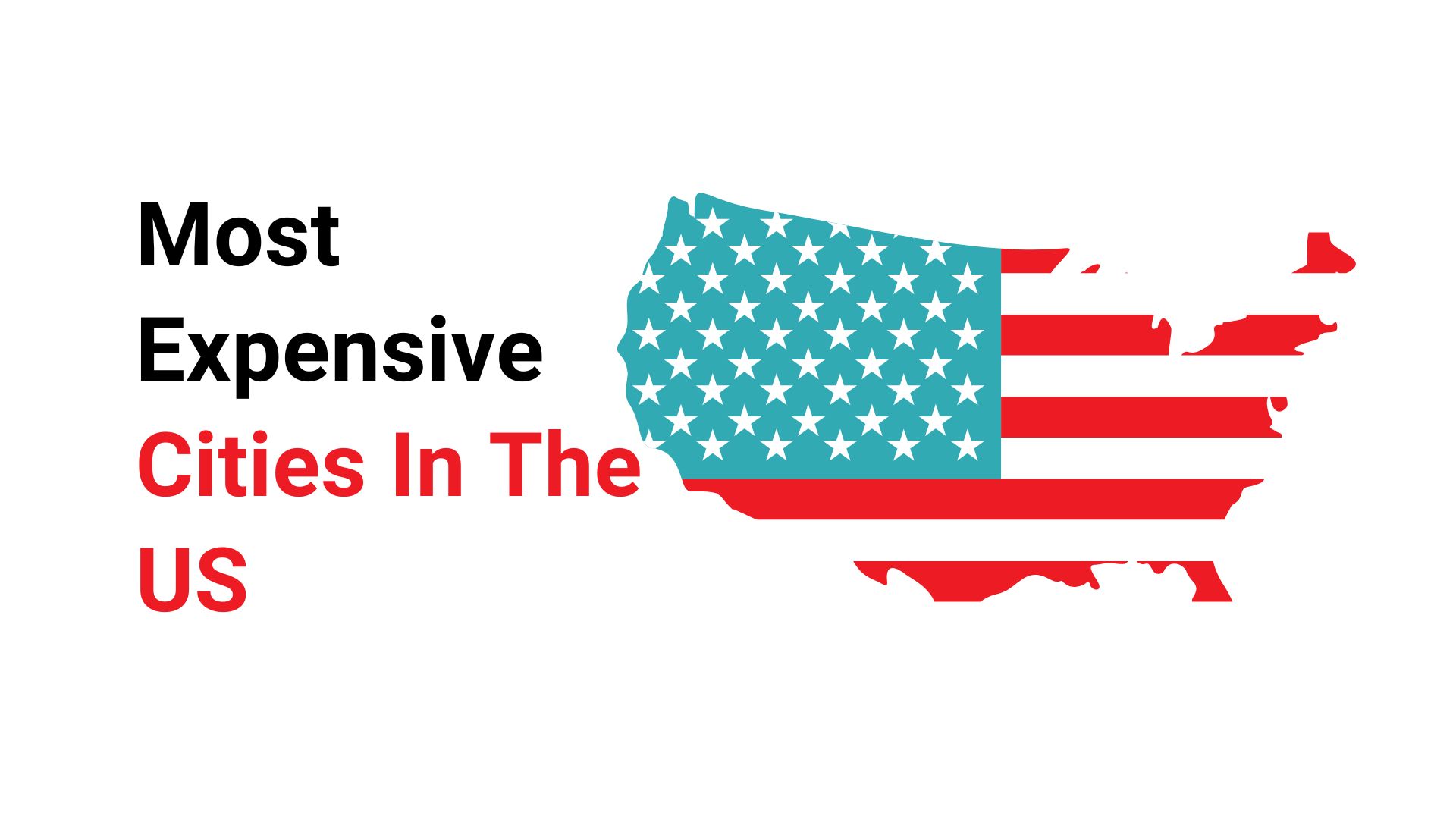
Page Contents
Most Expensive Cities US – The USA, sometimes known as The United States of America, is a republic with a federal structure that belongs to North America. It's the third most populous nation globally and third in land area. The USA stands out for its diverse cultures, technological innovations, and economic might; with the President serving both as head of state and chief executive. Furthermore, this nation hosts important international organizations like the World Bank and NATO; plus its contributions to film, literature, and music are well known around the world.
History of USA
Over 15,000 years ago, Native American tribes made their presence known, ushering in the evolution of what would eventually become the United States of America. Christopher Columbus' arrival in 1492 marked the beginning of European colonization of North America; British colonies were established along the eastern shore in the 17th century and by 1776 these prospering territories declared independence from British authority – thus founding what would later become known as The United States of America.
Early American history was marked by westward migration and hostility toward Native American tribes. Slavery eventually led to civil war in the middle of the 19th century, but after winning victory over slavery it was abolished and African Americans gained citizenship and voting rights.
In the late 19th and early 20th centuries, the USA emerged as a major economic and military power in the world. It joined World War I in 1917, playing an essential role in helping the Allies achieve victory. Following this conflict, there was an economic expansion known as “The Roaring Twenties,” but 1929 saw the stock market collapse that brought about The Great Depression.
Following Japan's attack on Pearl Harbor in 1941, the United States entered World War II. Through their contribution to Allied victories and involvement in the conflict, they rose to become a preeminent superpower globally. After the war, however, both nations entered into a Cold War which brought about increased political unrest as well as nuclear weapons development.
In the second half of the 20th century; America became embroiled in numerous global conflicts and occupations such as the Gulf War, Vietnam War, and Korean War. Additionally, major social and cultural movements like the Civil Rights Movement, the Women's Rights Movement; and the 1960s counterculture took root within our borders.
Today, the United States remains a dominant commercial and defensive force in the world, as well as an undisputed superpower. Its history is one of tenacity and creativity, marked by both victories and losses alike; shaped by many ethnic groups and cultural traditions alike.
Society and Culture
The United States is a multiethnic nation with an expansive cultural legacy. Its population represents various racial, ethnic, religious, and cultural affiliations. The nation is renowned for its iconic culture – sports, music, movies, and television included – which spans across generations.
American political and social structures reflect the society's values of individualism and independence. The nation places great value on democracy, holding regular local, state, and national elections. Furthermore, America's capitalist economy thrives due to innovation and entrepreneurialism.
The United States of America stands out for its inclusivity and diversity. Despite past struggles and obstacles, the nation has made great strides toward providing equal opportunities and privileges to all its inhabitants. For instance, during the Civil Rights Movement of the 1950s and 1960s, legislation was passed outlawing discrimination based on race, gender identity, and other characteristics.
Christianity is the most widespread religion in America and plays an integral role in society. But many different faiths are represented here as well, including Islam, Judaism, Buddhism, and Hinduism. This diversity has created a patchwork of religious customs and observances across America.
American culture is also marked by its arts and entertainment scene. Notable singers; painters; writers, and filmmakers from this nation have had a lasting effect on global culture.
Football, baseball, and basketball are the three most beloved sports in America and they play an integral role in our culture. Major events like the Olympics or Super Bowl are frequently held here too.
Freedom, creativity, and inclusivity are valued in the vibrant culture of the United States. Its diversity of peoples and civilizations is evident in its linguistic and societal richness which has shaped its development and past.
The Economy of The USA
The United States economy; boasting a Gross Domestic Product (GDP) of over $21 trillion; is the world's most prosperous. Its numerous successful industries such as manufacturing, healthcare, finance, and technology all play an integral role in its achievements.
The American economy is driven by creativity and entrepreneurialism; with numerous successful startups and established businesses setting the standard for research & development. Furthermore; large multinational firms that operate internationally are abundant in this nation.
The American economy is driven by market forces; encouraging free commerce and private enterprise. The government may regulate some aspects of economic activity, but private businesses create jobs and propel economic growth.
The workforce in this nation is highly talented, and many citizens possess advanced degrees in STEM (science, technology, engineering, and mathematics). Furthermore, those employed are highly productive – producing a large amount of work per worker.
With more than $2.5 trillion in exports for 2019, the United States continues to be an important global trader of both goods and services. Its top four trading partners include China, Canada, Mexico, and Japan.
The country boasts a substantial consumer market and strong consumption rates that drive economic expansion. Thanks to numerous large chain shops and internet merchants operating here, retail sales play an integral role in supporting the nation's economy.
Recently; the American economy has faced numerous difficulties such as the COVID-19 pandemic and the 2008 financial crisis. Yet its legendary innovation and resilience have seen it emerge from previous disasters. Today's vibrant American economy is driven by entrepreneurship; creativity and free trade – ultimately cementing its position as a world superpower through financial power and stability.
The Popularity of The USA
- The US economy is strong, offering a range of employment opportunities. To enhance their living standards and secure better economic prospects, many people emigrate to the US.
- The US is an attractive destination for students pursuing higher education, boasting some of the top institutions and universities worldwide. After graduation, many international students choose to settle down in America to live and work.
- The US is known for its diverse society and people. Many find this diversity appealing, cherishing the opportunity to engage with people from other cultural backgrounds.
- Living in the US offers many advantages, from access to top-notch healthcare and education facilities to cultural attractions, entertainment options, and recreational activities. Plus, many US cities boast an enviable standard of living as well.
- The US is known for its commitment to democracy and individual liberties, as well as having a stable political structure. People from countries with less established systems may find this stability and commitment to democratic principles appealing.
- The United States is renowned for its unwavering commitment to democracy and individual freedom. People seeking a liberal society often find the United States an appealing destination due to its political and legal systems that uphold citizens' rights and liberties.
Why Cities in the USA Are Expensive?
- Many US cities serve as global centers for trade; culture and entertainment, drawing in visitors from all over the globe. Due to this strong demand for urban living, housing costs; food costs; and other essentials tend to go up due to scarcity.
- US cities often arise in densely populated areas, where limited space for future development leaves little room for error. As a result, land and property values tend to be higher; leading to higher prices for housing and other services.
- In the US, urban living costs tend to be higher than rural ones. This could be due to increased taxes, lower worker pay rates, or increased prices for services and products.
- Cities in the US often serve as centers of economic expansion, drawing both employers and employees. This could result in higher prices for housing and other services due to this increased demand.
- Higher prices for housing and other services in cities can be attributed to local restrictions like zoning laws or building regulations.
- Taxes such as income, property, and sales taxes are commonplace in many American communities. Not only do these taxes raise living costs for citizens but also contribute to infrastructure funding and civic services provision.
- Many individuals are willing to spend more money for the better quality of life that cities provide. Compared to rural locations, urban centers usually provide more employment opportunities, recreation options, and cultural facilities.
Top 10 Most Expensive Cities In The US
- San Francisco, California
- Manhattan, New York
- Washington, DC
- Honolulu, Hawaii
- Los Angeles, California
- Boston, Massachusetts
- Seattle, Washington
- San Diego, California
- San Jose, California
- Oakland, California
#1. San Francisco, California
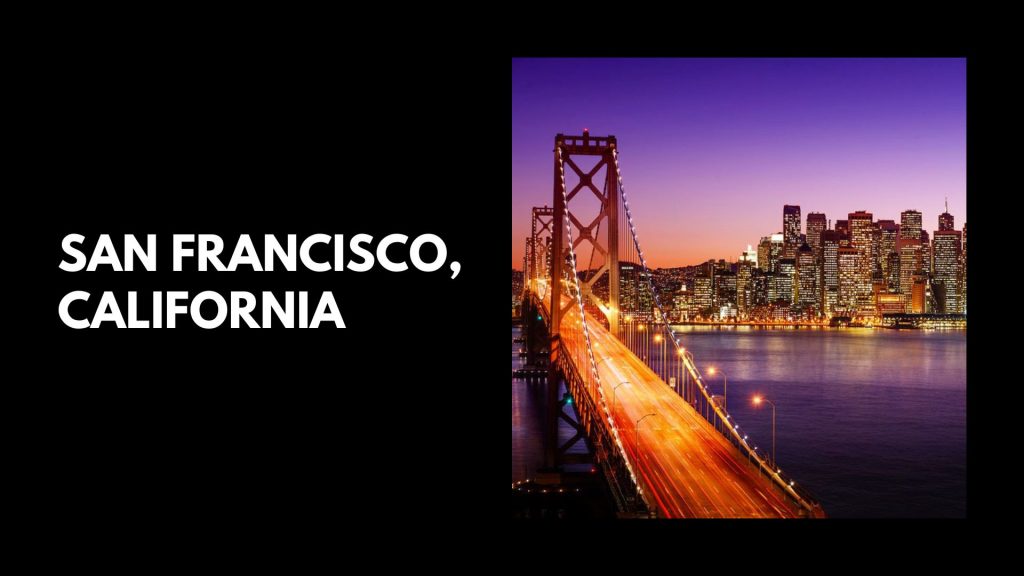
San Francisco boasted a population of slightly over 815,000 as of July 2022, but many residents opted to relocate due to the high cost of living there. A family with four members requires a median home price of $1.6 million while those living comfortably require an annual income of $128,878.
As of June 2021, San Francisco's unemployment rate had increased to 2.6% from 6.4% as previously reported. Furthermore, its cost of living is 78.6% higher than the national average – a half gallon of milk will set you back $3.38! Despite having high incomes, residents in San Francisco must contend with high living expenses.
The city's vibrant industries such as finance, tourism, and technology are responsible for its low poverty rates and high unemployment. San Francisco has become a technology hub that has attracted highly paid software engineers. This has caused housing prices to soar beyond three times the national median home value and nearly twice the monthly rent average.
#2. Manhattan, New York
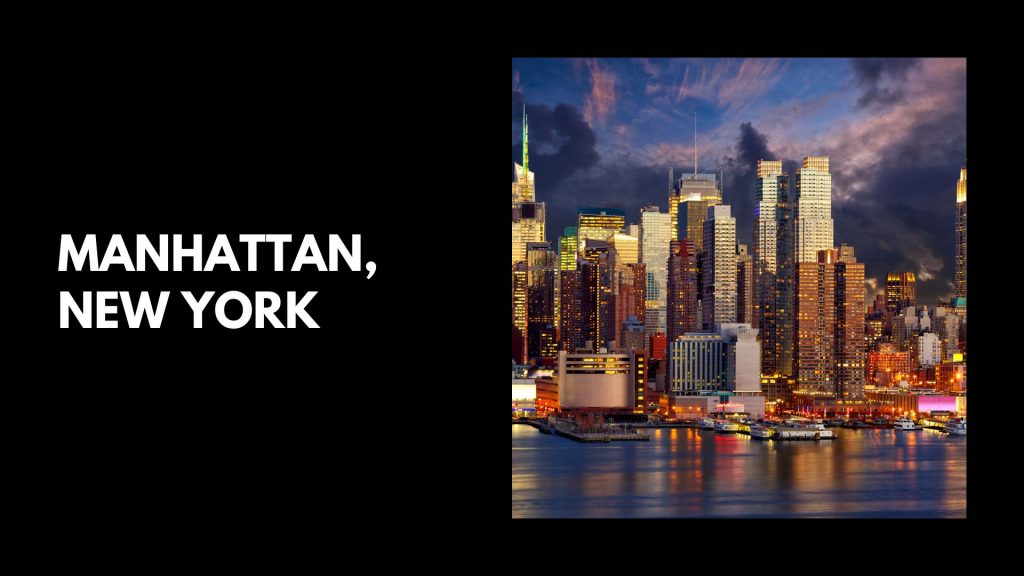
Manhattan ranks second to San Francisco in the ranking of the most expensive U.S. towns, boasting a median property value second only to San Francisco at $2.5 million. Apartment rents average an impressive $4,531 per month – surpassing all other cities tracked by our Cost of Living Index. On top of that, homes here typically sell for more than $2 million on average.
Budget-busting doesn't stop there: grocery store premiums are 26% higher and transport costs are 10% higher than the average. Miscellaneous items and services, on the other hand, are 36% cheaper overall. Tickets to the movies cost 60% more in Manhattan (opens in new window), and yoga classes are almost twice the national average cost.
All these factors combine to make Manhattan one of America's costliest cities; according to U.S. Census Bureau estimates, its population density is almost 70,000 people per square mile compared with only 17,376 residents per square mile in San Francisco.
#3. Washington, DC
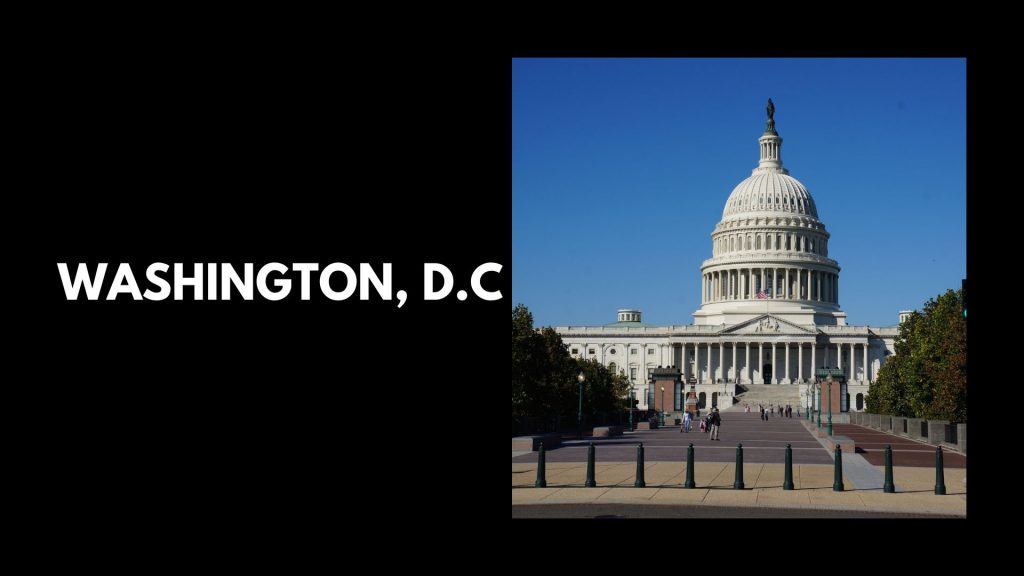
Washington, D.C. is the capital of America's most powerful country; leading to high living costs as a result. Here you'll find both government and private sector jobs; federal agencies and think tanks coexist alongside lobbying and consulting firms for your convenience. The area also features an exciting tourism industry.
With over 670,000 residents living there, its median property value stands at $708,000 and household median income at $90,842. A family of four with two adults working must make at least $96,163 after taxes to make ends meet. Washington, D.C.'s cost of living is 52.2% higher than in the United States; a half gallon of milk costs $2.91 and the city's unemployment rate stands at 4.7%.
Once upon a time, people would sleep in their cars before heading out in the evenings – now many commute by bike instead of bus or metro to work each day. Over the last decade; Washington has blossomed into an energetic city with over 100,000 inhabitants. Washington's population, with an average age of 34 years and numerous job opportunities in both public and private sectors, continues to struggle to meet its housing demands due to height restrictions passed by Congress in 1910 that limit new development heights to no more than 20 feet above street level.
#4. Honolulu, Hawaii

Honolulu, home to just under one million people, is the 10th most expensive place in America. Nearly everything is exorbitantly priced for locals; utilities are 102.2% more expensive, and foodstuffs are 153% more expensive than the average across the nation.
The median Honolulu household income is $87,722, higher than the national median of $64,994, but still below San Francisco's $119,136 household income. As of July 20,22, Honolulu had a 3.8% unemployment rate. Nevertheless, Honolulu has an 84% higher general cost for housing than the United States; median of $64,994, yet lower than San Francisco's median household income of $1,605,915.
On average, rent for a monthly apartment there was $3,589. On average, a half gallon of milk costs $4.32 in Honolulu with its poverty rate at 10%; nearly double the national average. Honolulu's high food costs can be attributed to import dependency which leads to higher transportation and waste costs; it's the 10th most expensive place for groceries after Kodiak (Alaska). Honolulu offers beautiful beaches and an easygoing lifestyle but its prices can be prohibitive for some.
#5. Los Angeles, California
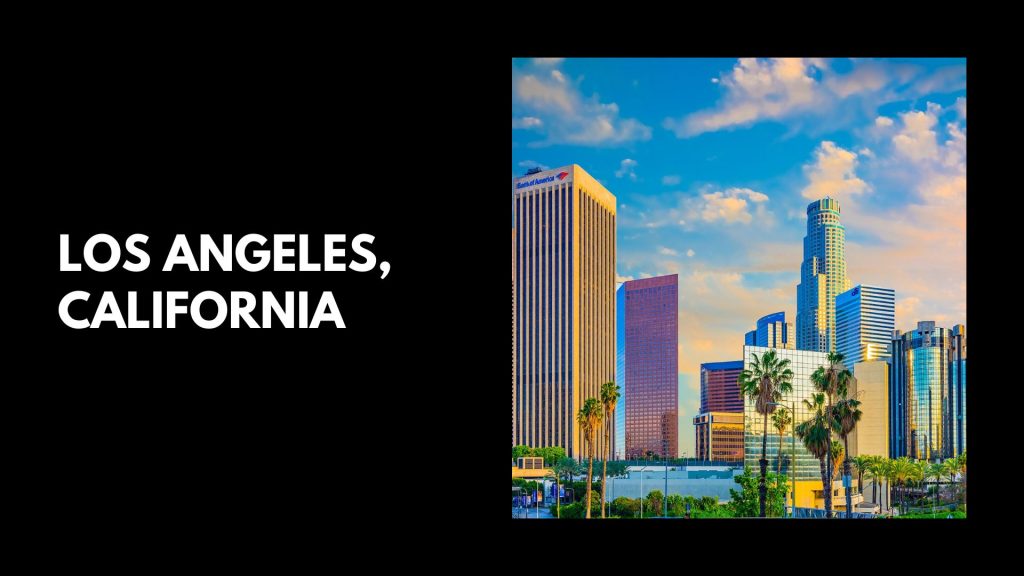
Los Angeles is America's second-largest city and is renowned for its Hollywood and Beverly Hills fame. This diverse city offers many distinct neighborhoods with distinct personalities, from bohemian to ritzy. Los Angeles has poor transportation and notorious traffic, leading residents to seek housing close to their workplaces. Los Angeles' cost of living is 50% higher than the U.S. Average; as a result, the average house price was $1,098,874, while rent per month averaged $3,182.
Los Angeles has a median household income of $69,778, about $1,000 below the national median. Its unemployment rate stands at 4.4% and 16.6% respectively; a half gallon of milk costs $2.76 while gas filling costs are just $5.45. Los Angeles is known for its Hollywood Hills and Beverly Hills neighborhoods. However, the city also offers many diverse neighborhoods with distinct personalities.
Due to poor public transport and traffic congestion, commuting to work can be a hassle; therefore many residents opt to live close to their workplaces. While Los Angeles has a slightly higher median household income than average, home prices and rents in Los Angeles are significantly more expensive – leading to an increased poverty rate.
#6. Boston, Massachusetts
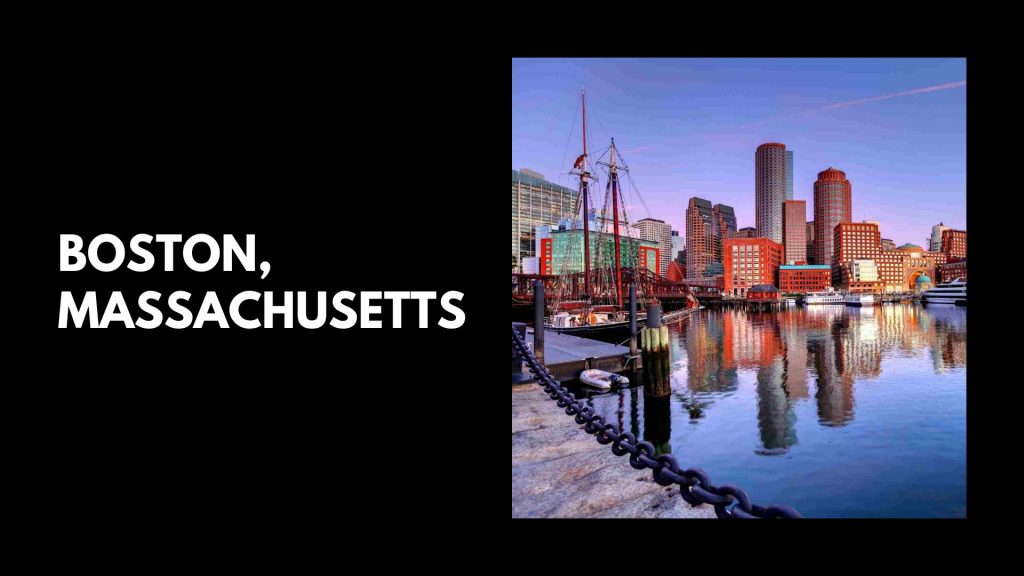
Boston is one of America's oldest and most historic cities, renowned for its cultural heritage and educational institutions like Harvard and MIT. Unfortunately, living in Boston can be expensive. Yet its vibrant culture belies its historic roots as well as its esteemed universities. Boston is a beloved sports mecca with passionate followers.
It has earned the title of “Titletown”, thanks to its numerous professional team championships. Additionally, Boston boasts some of the finest seafood in America – lobster and oysters included! Boston enjoys a pleasant climate in summer, though it can be subject to snowstorms during winter. Boston is an accessible city with excellent public transport options; however, increasing traffic congestion has become an issue. Boston's average home price is twice that of the U.S., yet it remains relatively affordable compared to major cities.
Rent for an apartment in Boston is over twice the national average; making living there expensive. Furthermore, the cost of living there is higher than elsewhere in America – there's even a high poverty rate of 17.6%!
#7. Seattle, Washington
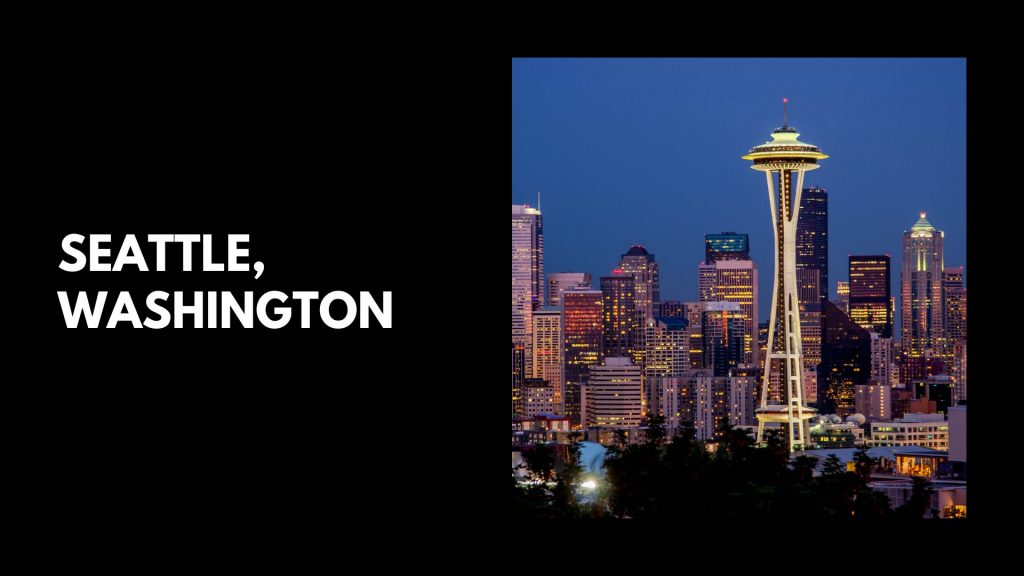
Seattle, the capital city of Washington State, lies in the Pacific Northwest Region of America. It's renowned for its music scene and coffee culture. Many renowned businesses call Seattle home, including Microsoft and Amazon. Seattle boasts many distinctive neighborhoods, each with their own culture and vibe. Capitol Hill stands out for its lively nightlife scene while Fremont draws attention with its eye-catching public art installations and outdoor market.
Seattle's stunning natural environment, including Puget Sound and nearby mountains, is another reason it has become so popular. Both locals and visitors enjoy going on outdoor adventures such as hiking, skiing, or kayaking in these breathtaking mountain ranges and water bodies that make Seattle such a draw. Seattle has experienced rapid growth over the past decade due to tech giants like Amazon and Microsoft, both located nearby in Redmond.
Seattle's economy has undergone a radical transformation as wages have increased by nearly $21,000 and unemployment rates have fallen by 5.7%. Unfortunately, housing stock cannot keep up with over 100,000 residents, leading to higher housing prices; rents in Seattle are approximately 2.2x higher than the national average and home values are twice that amount – all indicators for wealth creation!
#8. San Diego, California
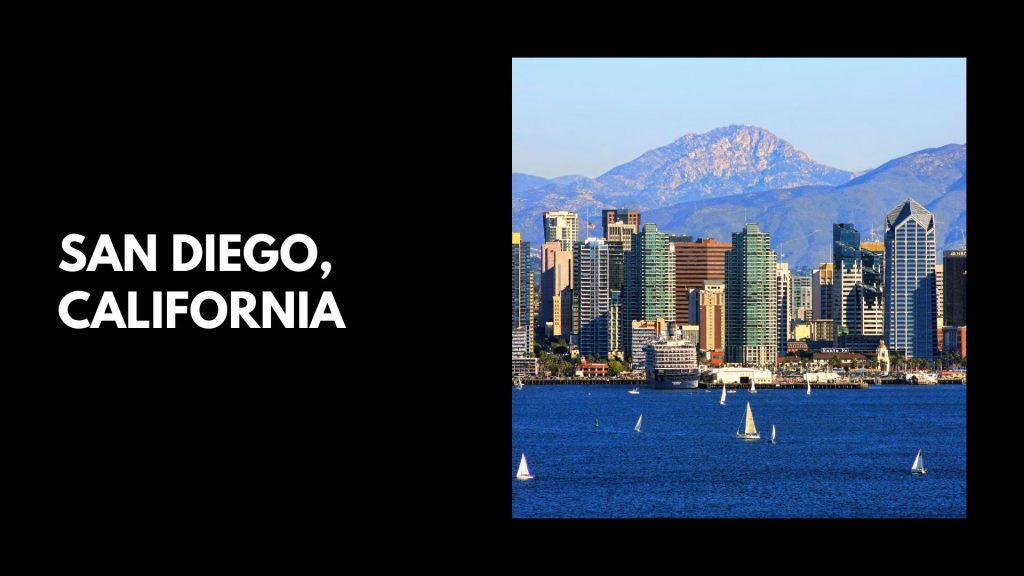
San Diego; known for its stunning beaches and comfortable climate year-round; is an enticing place to call home. It has earned the title of “America's Finest City.” Furthermore, this port city houses both the world's largest naval fleet as well as an active manufacturing sector. San Diego's cost of living is 6 percent higher than California's, with goods and services costing 8% more.
Income here is twice that of the national average. North City, La Jolla, and Carmel Canyon are some of San Diego's wealthiest neighborhoods. Several of the well-known San Diego suburbs are Rancho Sante Fe, Torrey Pines, and Ashley Falls. On average, residents stay at their home for 12 years before passing it on to their children; however; in recent years there has been an influx of lower-income individuals looking for more affordable housing options such as Phoenix or Riverside County.
#9. San Jose, California
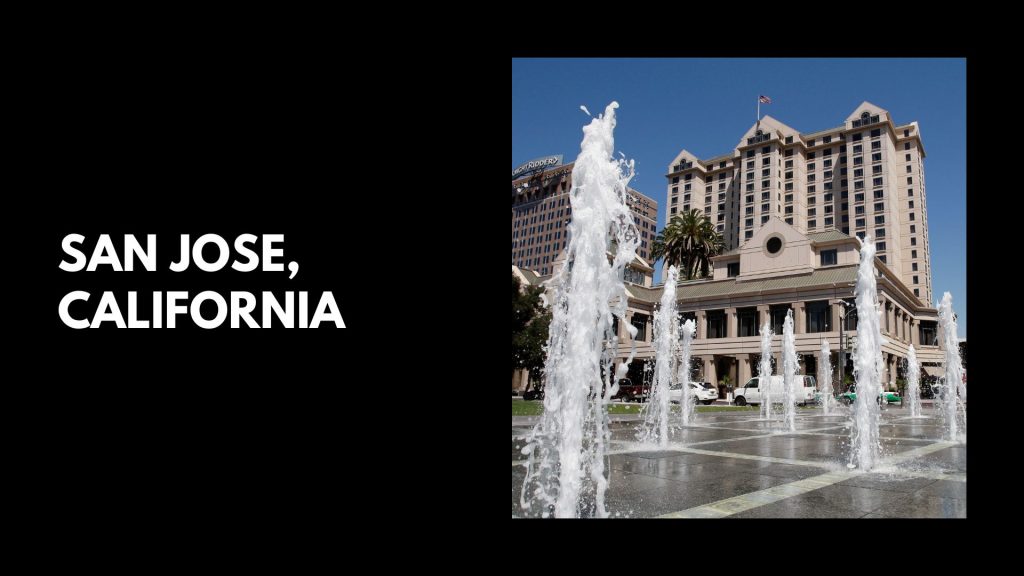
San Jose's population average of just over 1,000,000 makes it a desirable place to live. Silicon Valley's presence, however, is the major factor behind San Jose's high living costs. Silicon Valley has long been an attractive destination for young professionals seeking employment with premier tech firms, and this high-profile status and its household median income of over $100,000 demonstrate why.
However, San Jose's cost of living is higher than the national average at 68.1%. This difference can largely be attributed to public transportation expenses but San Jose also boasts high-quality healthcare and low utility bills; housing also plays a significant role in determining overall living expenses.
With median home prices at $1.1 million, which are significantly above the national average and require an average downpayment of $49,000, it is clear that having some financial resources is necessary to live comfortably here. While Mark Zuckerberg doesn't need your net worth to move here, having some means is necessary to enjoy a comfortable lifestyle.
#10. Oakland, California
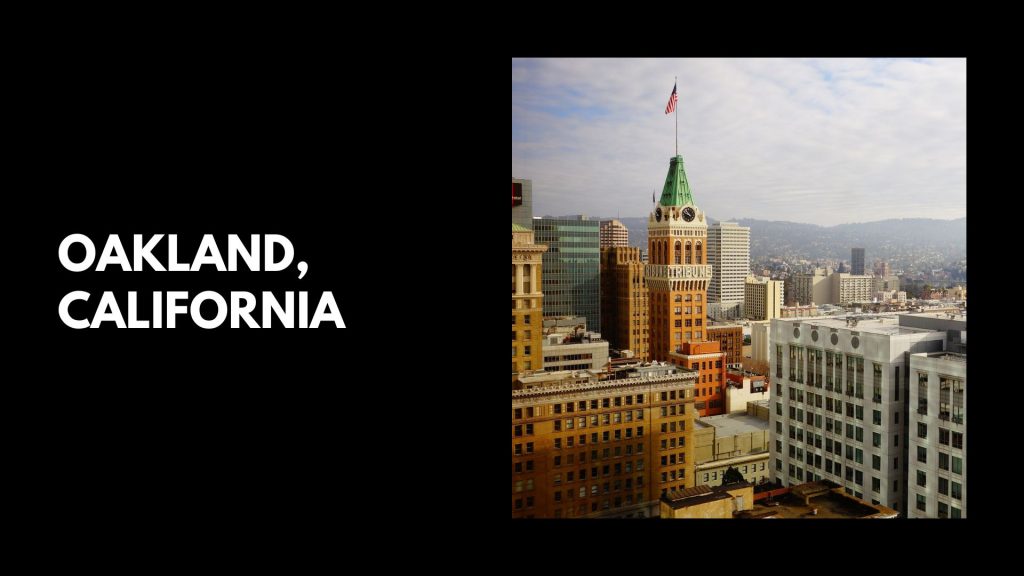
Oakland; has become a sought-after destination for young artists and professionals who cannot stomach San Francisco's expensive prices. Oakland boasts many major employers like Southwest Airlines; Southwest Airlines and Kaiser Permanente – all just minutes away by BART from San Francisco. Oakland is a community that values sustainability and social responsibility.
Local artists have expressed concern about the rising housing prices recently; though their median income may be slightly lower than other Americans'; they pay twice as much for housing. Oakland's cost of living is 45.9% higher than the national average; with an average home costing $909,739 and renters paying an average rent of $2753.
Unemployment rates in Oakland and Sacramento are respectively 3.2% and 13.5%; half a gallon of milk costs $3.33 in both locations.
Bottom Line
American cities are dynamic environments that present both opportunities and challenges. Cities provide many benefits, such as access to jobs, cultural amenities, and entertainment – even if they may be expensive to live in. Many cities boast vibrant communities, diverse neighborhoods, and long-standing heritage.
City dwellers face a number of issues, such as heavy traffic, high crime rates, and socioeconomic inequality. Affordability of housing, homelessness, and racial/economic disparities are just some of the issues many communities are currently grappling with. Cities in America remain important centers for political, cultural, and economic activity despite their challenges; cities hold great potential for development, innovation, and community building despite these setbacks. Cities will likely play an integral role in shaping how America develops in the future.
FAQ.
Manhattan; the most populous city in America and the second-biggest in North America is New York. Rio de Janeiro - a popular tourist destination - ranks second for population size within Brazil followed by Santiago's downtown; the Chilean capital and largest city and fifth-largest in South America.
Monowi; Alaska. Eiler serves as mayor; clerk; treasurer; librarian and bartender in Monowi - according to US Census data the smallest town in America.
Essex Junction, with a population of around 10,000; was officially incorporated in 1892 according to local NewsNation station WFFF. Erda, Utah also made headlines this past January 2022; when The Salt Lake Tribune declared it as Utah's newest city
New York City; continues to lead all other American metropolises when it comes to the sheer volume and scope of businesses. The Greater New York Area alone accounts for 65 companies on this year's Fortune 500; accounting for 12.5% of its overall revenue of around $1.8 trillion.

Aditi is an Industry Analyst at Enterprise Apps Today and specializes in statistical analysis, survey research and content writing services. She currently writes articles related to the "most expensive" category.



